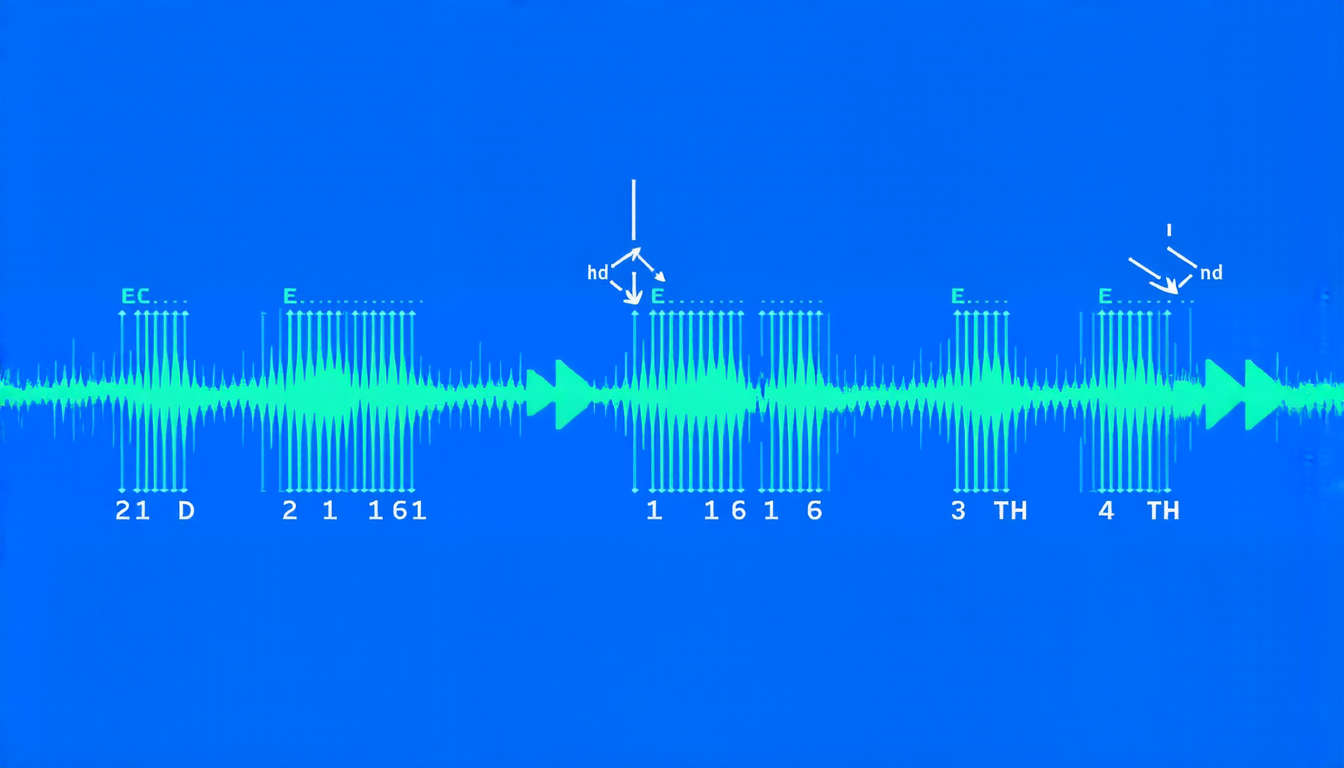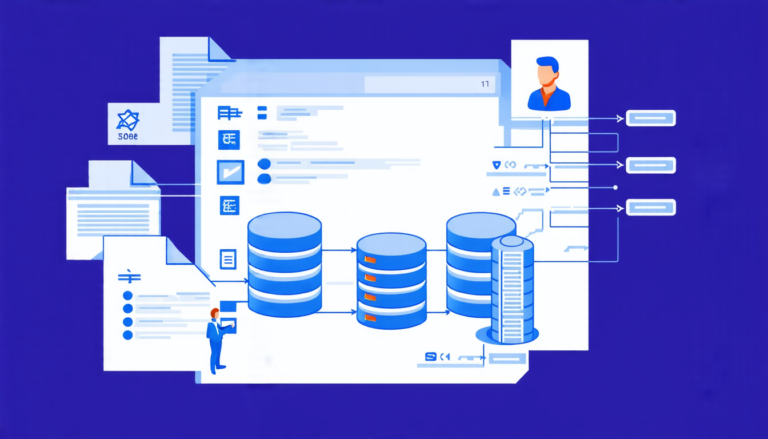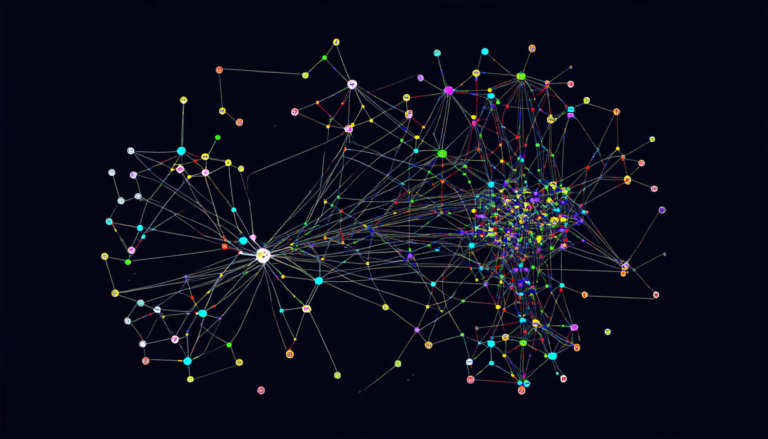Tuesday 14 October 2025
The study of online independent component analysis (ICA) has long been plagued by the challenges of high-dimensional data and non-Gaussian distributions. Researchers have struggled to develop algorithms that can effectively separate signals in these complex environments, leading to a lack of robustness and efficiency.
Recently, a team of scientists made a significant breakthrough in this area, introducing a novel data model that allows for control over the statistical structure of the source distribution. By modulating the weighted sum of two non-Gaussian random variables, the team was able to demonstrate the impact of high-order moments on the learning dynamics of online ICA.
The researchers leveraged a scaling limit characterization of the algorithm, governed by a nonlinear ordinary differential equation (ODE), to analyze the behavior of the algorithm in high-dimensional settings. Their findings revealed that increasing high-order moments have a profound effect on the stability and efficiency of online ICA.
In particular, the team discovered that higher moments lead to a decrease in the critical learning rate threshold, making the algorithm more sensitive to initialization quality and learning rate choices. This has significant implications for real-world applications, where data distributions can be highly non-Gaussian and high-dimensional.
The study also highlighted the importance of understanding the interplay between statistical richness and algorithmic stability. While non-Gaussianity is necessary for source identifiability in ICA, excessive high-order moments can impede convergence. This trade-off has important implications for the development of robust and efficient online ICA algorithms.
To mitigate these challenges, researchers may need to develop adaptive learning rate schedules, robust initialization strategies, or regularization techniques tailored to high-moment regimes. The study’s findings provide a valuable framework for future research in this area, offering insights into the complex interplay between statistical structure and algorithmic behavior.
The implications of this work are far-reaching, with potential applications in fields such as signal processing, machine learning, and data analysis. By better understanding the dynamics of online ICA in high-dimensional settings, researchers can develop more robust and efficient algorithms for extracting meaningful information from complex data distributions.
Cite this article: “Unraveling the Complexity of Online Independent Component Analysis: High-Moment Insights for Robust Algorithm Design”, The Science Archive, 2025.
Independent Component Analysis, Online Ica, High-Dimensional Data, Non-Gaussian Distributions, Statistical Structure, Algorithmic Stability, Learning Rate, Initialization Quality, High-Order Moments, Scaling Limit Characterization







